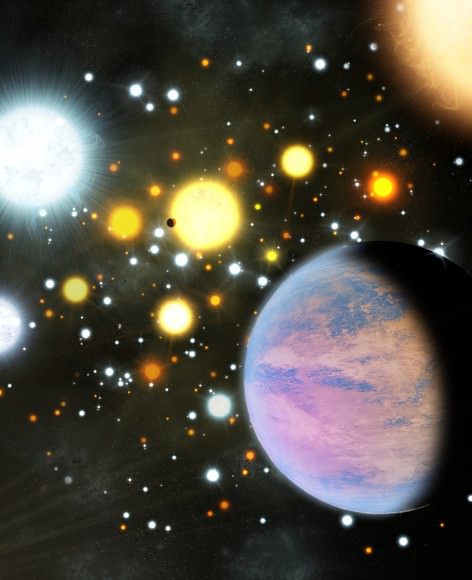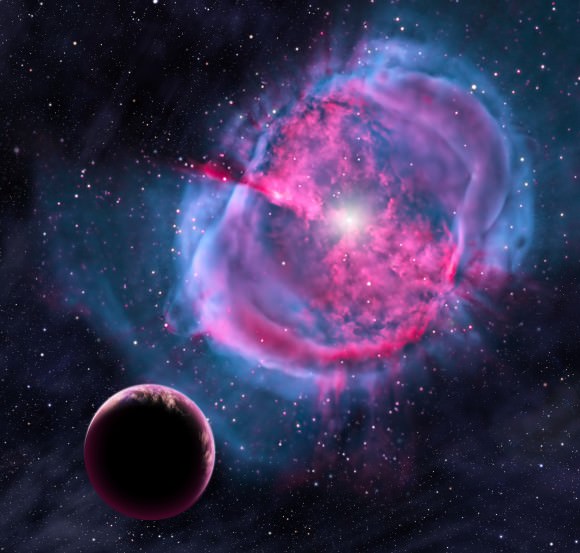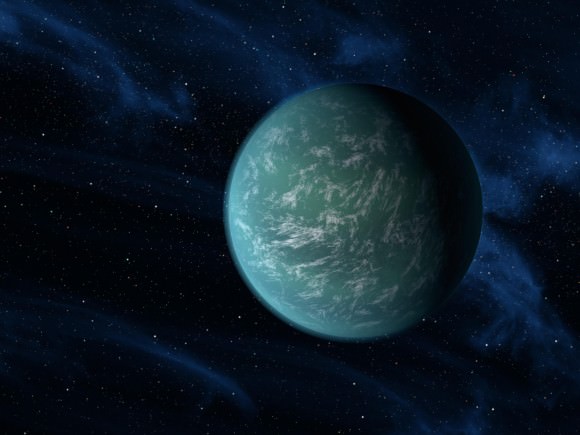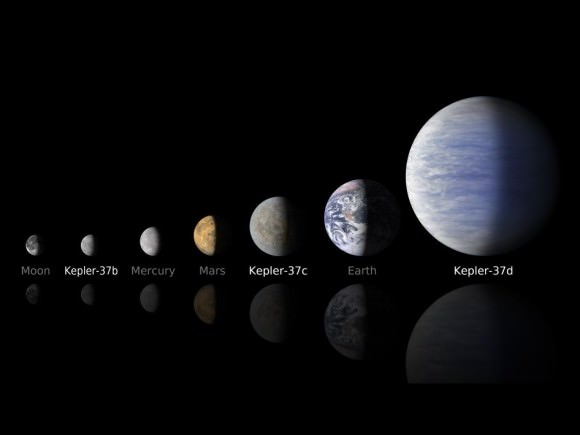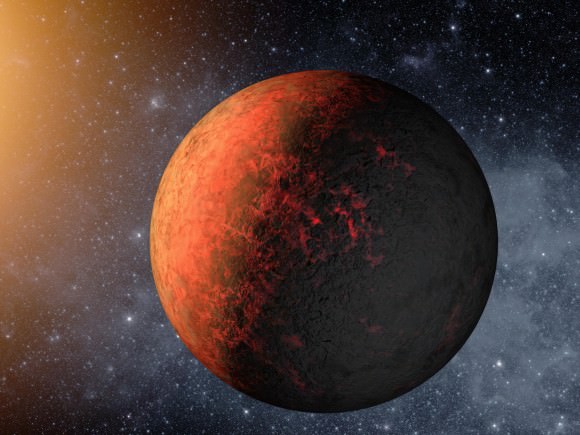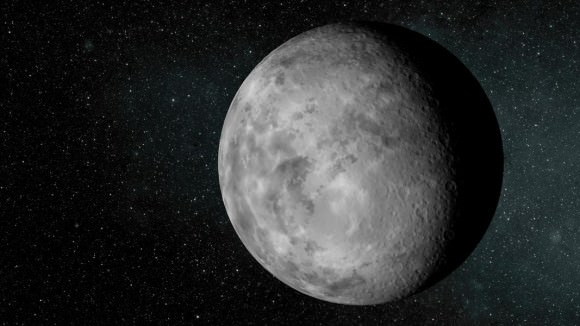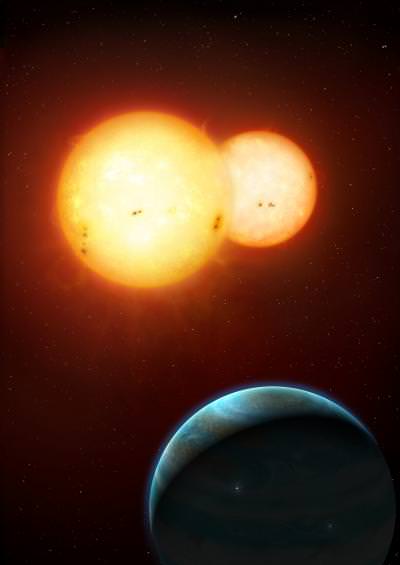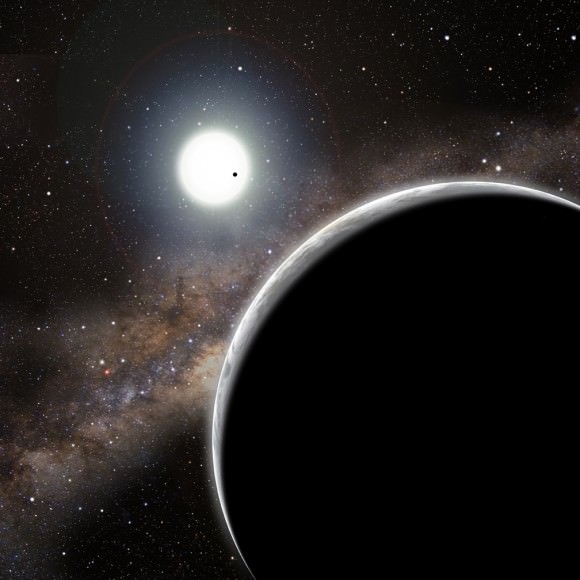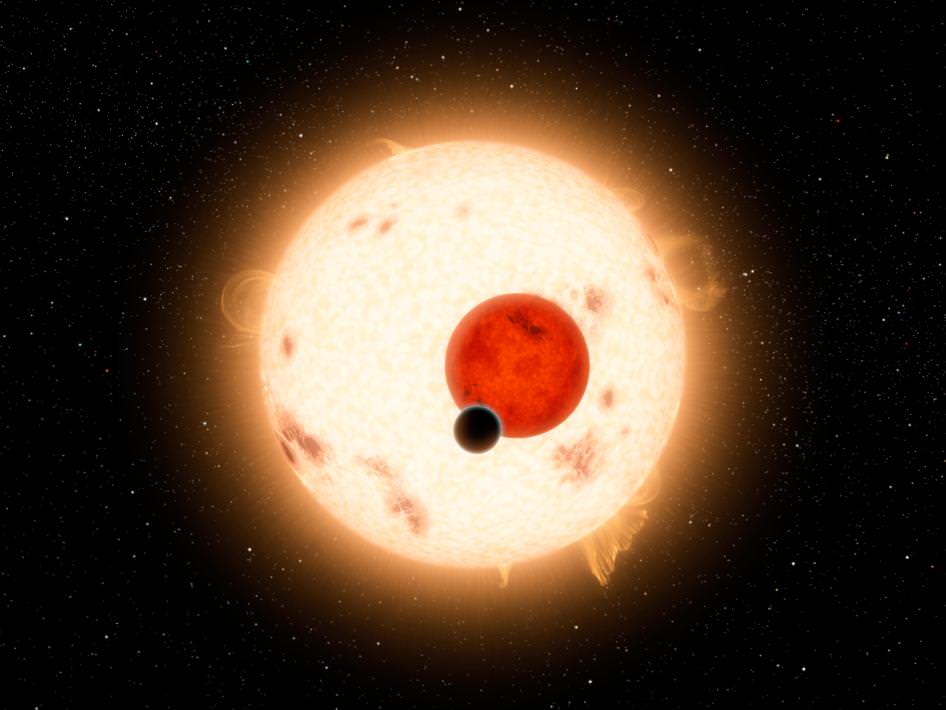With the latest Kepler space telescope exoplanet finding announced yesterday , the mighty planet hunter has now found 1,000 confirmed worlds — with about 3,000 more planetary candidates just waiting for confirmation.
The NASA observatory has found exoplanets of many sizes — smaller than Mercury, the size of our Moon, the size of Jupiter or larger, and in a couple of cases, Earth-sized worlds in the habitable regions of their stars. Below is a gallery of some of the observatory’s notable finds.
An artist’s conception of a planet in a star cluster. Credit: Michael Bachofner An artist’s conception of one of the newly released exo-worlds, a planet orbiting an ancient planetary nebula. Credit: David A. Aguilar/CfA. Meet Kepler-22b, an exoplanet with an Earth-like radius in the habitable zone of its host star. Unfortunately its mass remains unknown. Image Credit: NASA NASA’s Kepler mission has discovered a new planetary system that is home to the smallest planet yet found around a star like our sun, approximately 210 light-years away in the constellation Lyra. Credit: NASA/Ames/JPL-Caltech Artist’s Concept of Kepler-20e, one of two Earth-sized planets found by the Kepler spacecraft. Credit: NASA/Ames/JPL-Caltech Kepler-37b, a moon-sized exoplanet. Credit: NASA/Ames/JPL-Caltech Artist’s conception of the Kepler-35 system where a Saturn-sized planet orbits its two stars. Credit: © Mark A. Garlick / space-art.co.uk The “invisible” world Kepler-19c, seen in the foreground of this artist’s conception, was discovered solely through its gravitational influence on the companion world Kepler-19b – the dot crossing the star’s face. Kepler-19b is slightly more than twice the diameter of Earth, and is probably a “mini-Neptune.” Nothing is known about Kepler-19c, other than that it exists. Credit: David A. Aguilar (CfA) Illustration of Kepler-186f, a recently-discovered, possibly Earthlike exoplanet that could be a host to life. (NASA Ames, SETI Institute, JPL-Caltech, T. Pyle) Like this: Like Loading...
